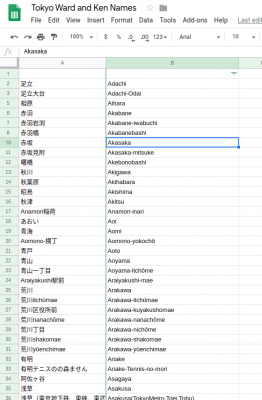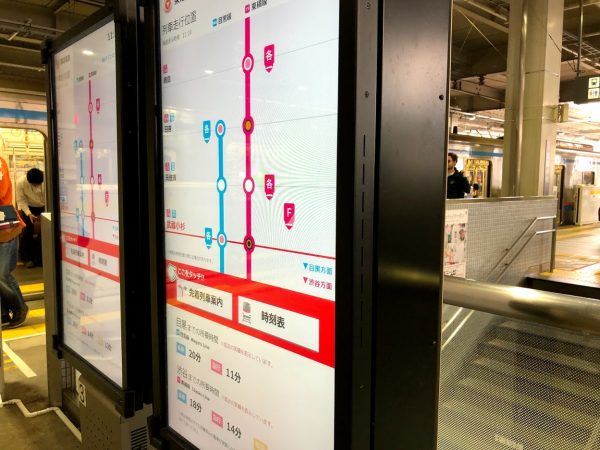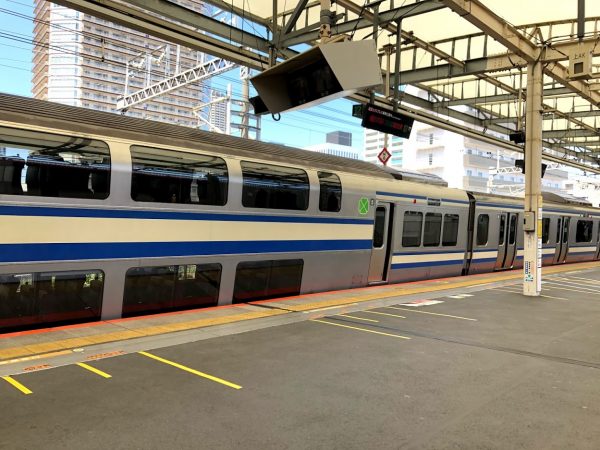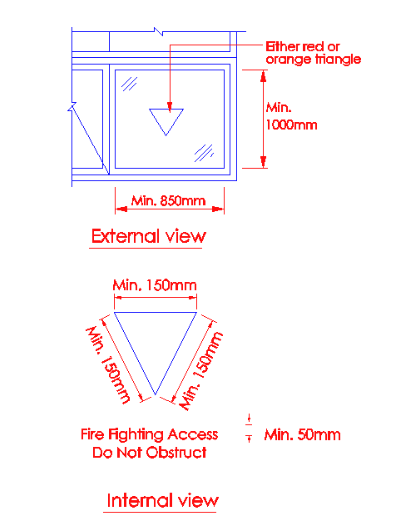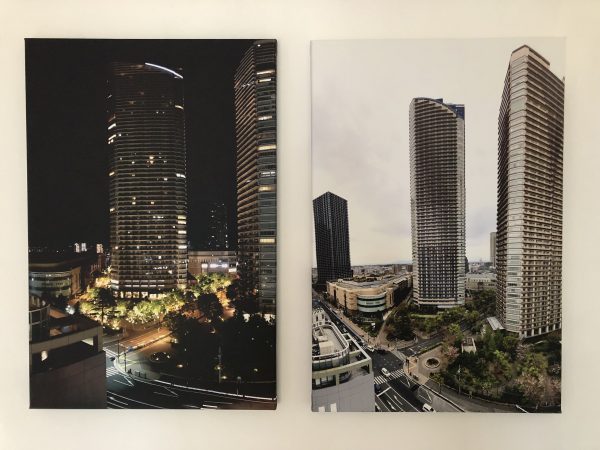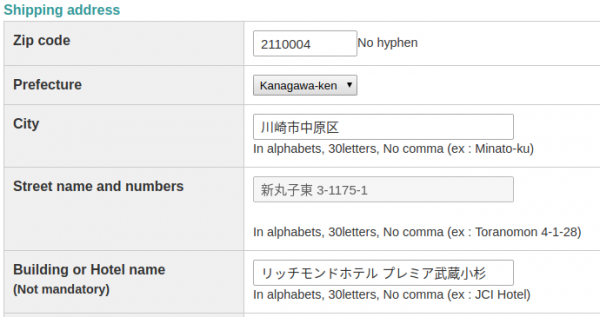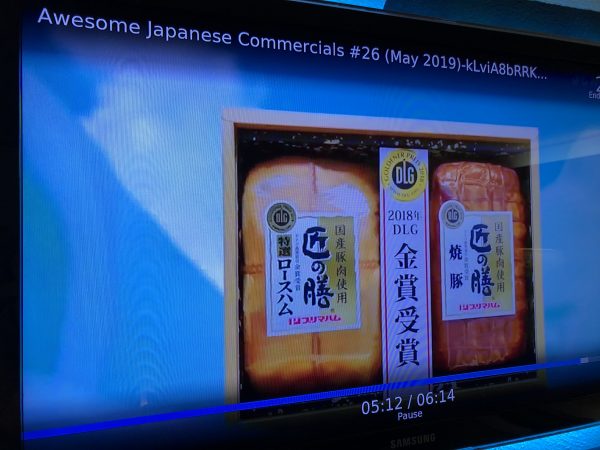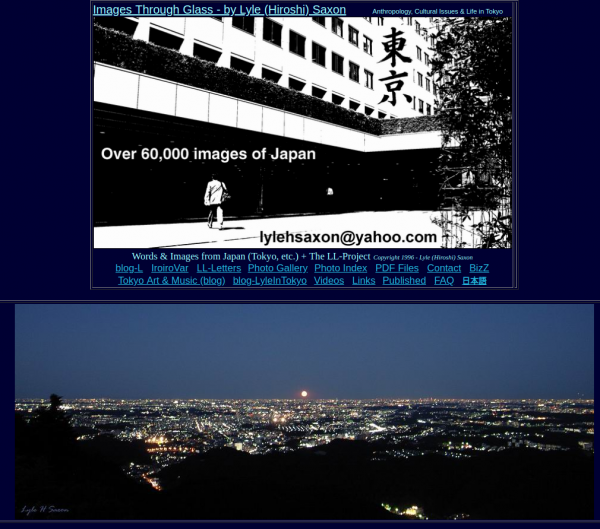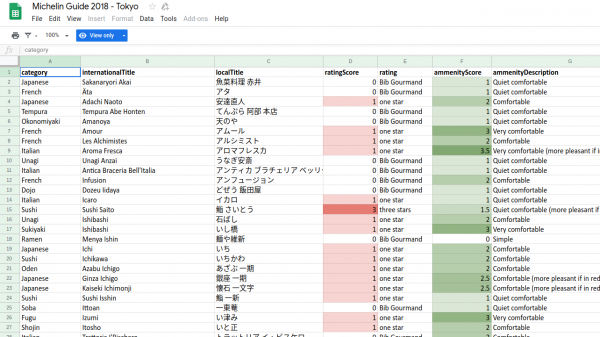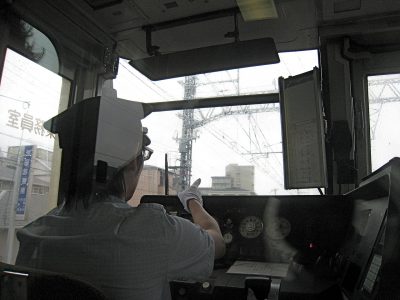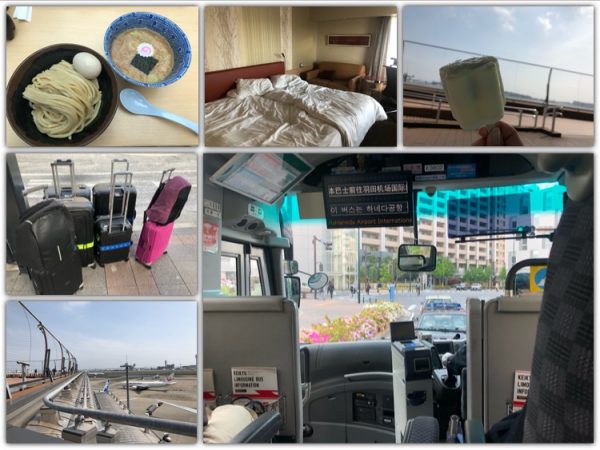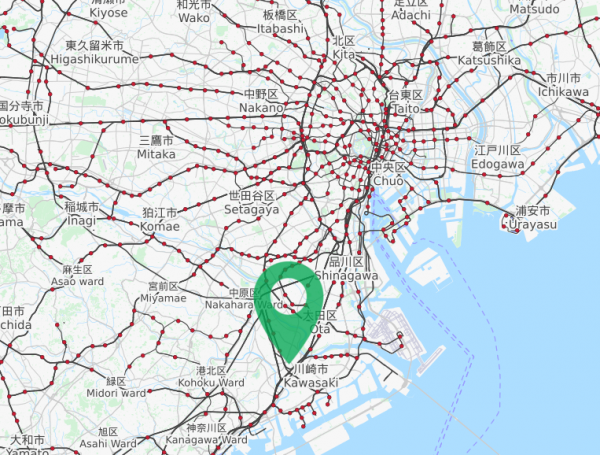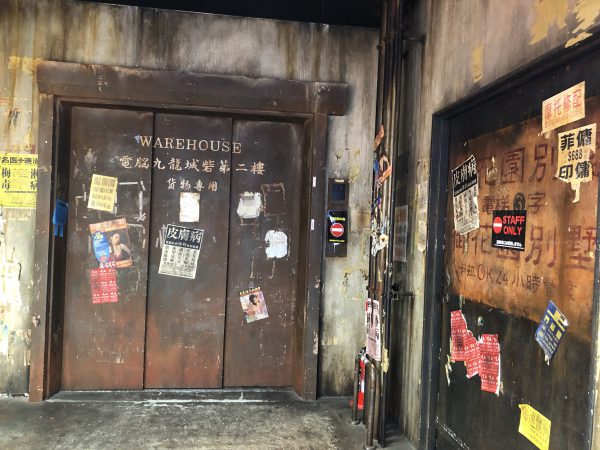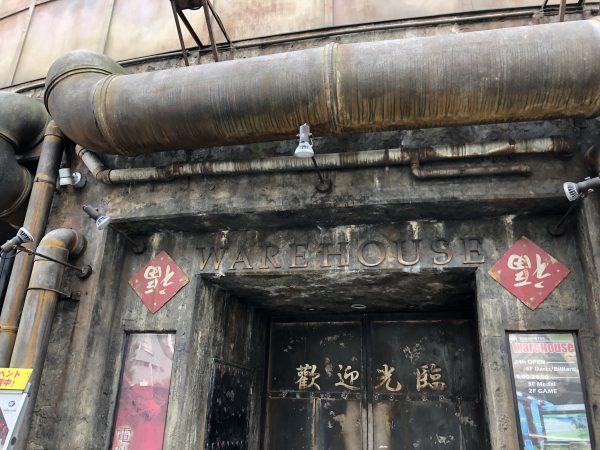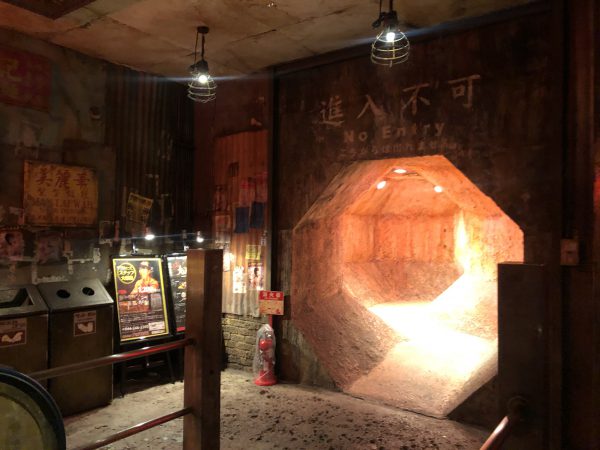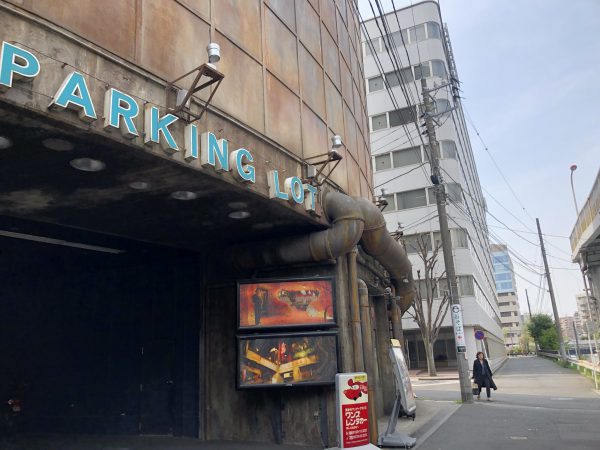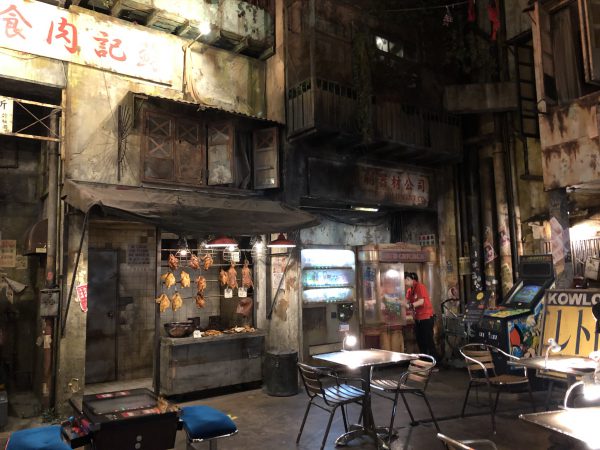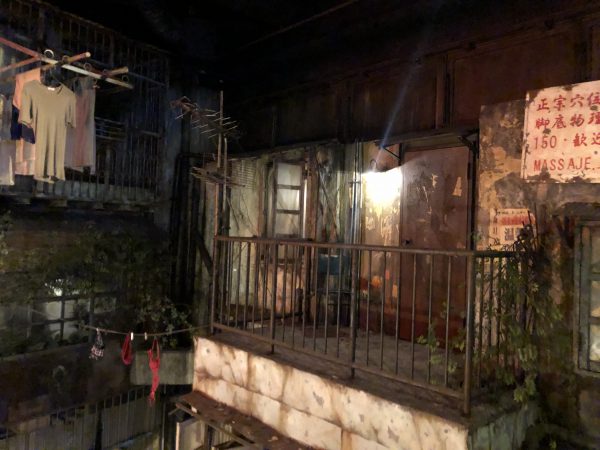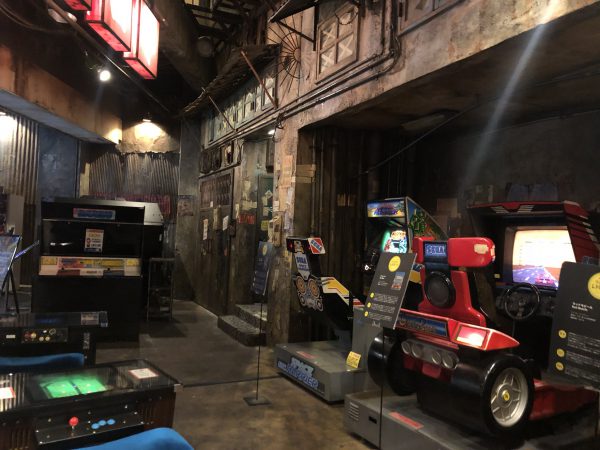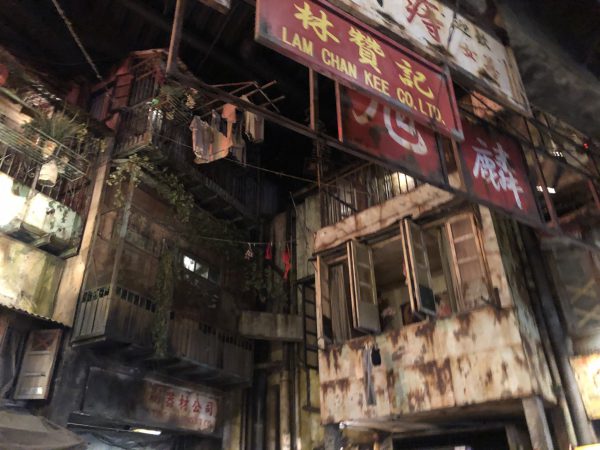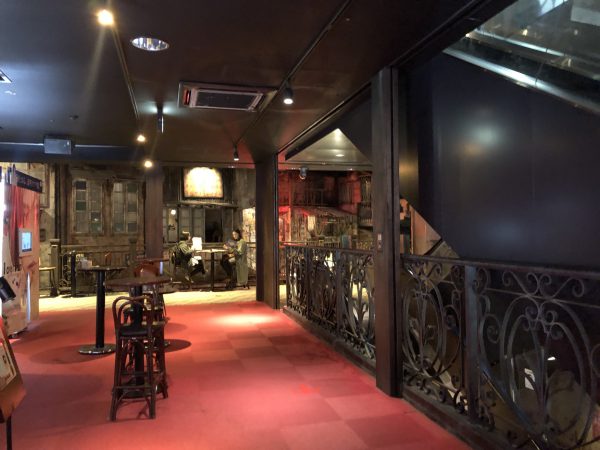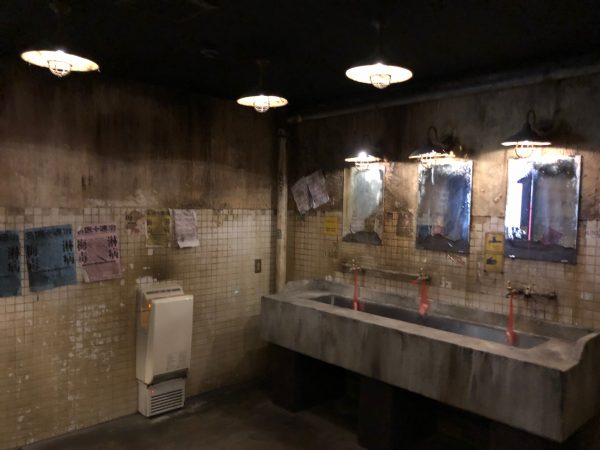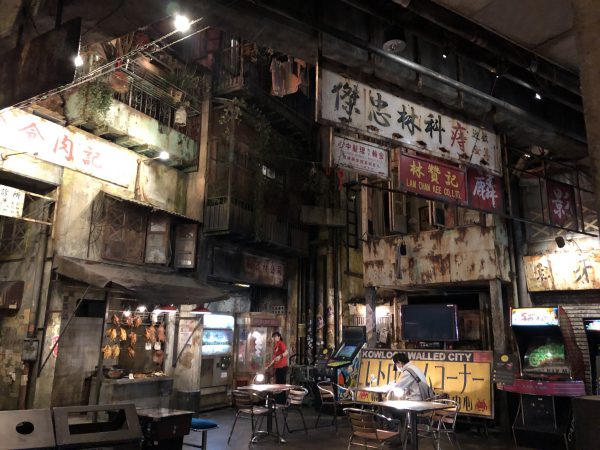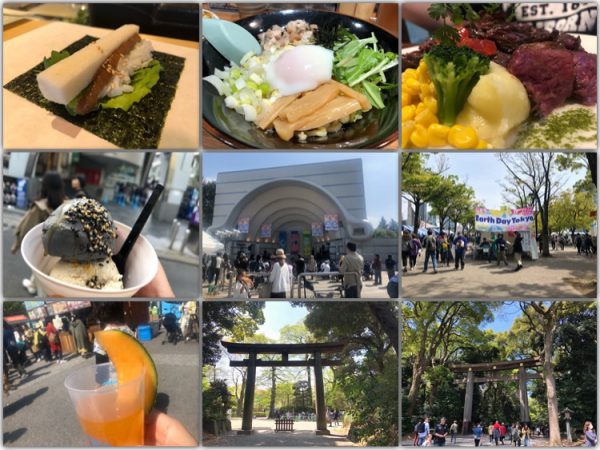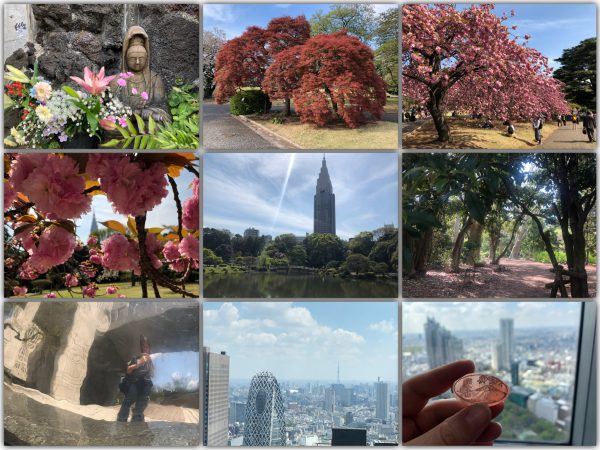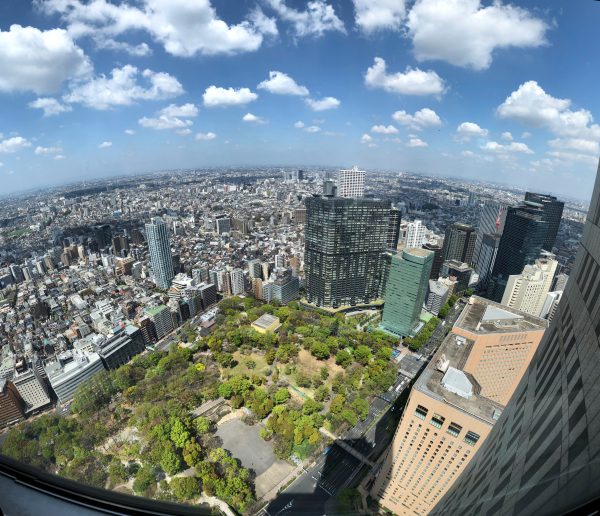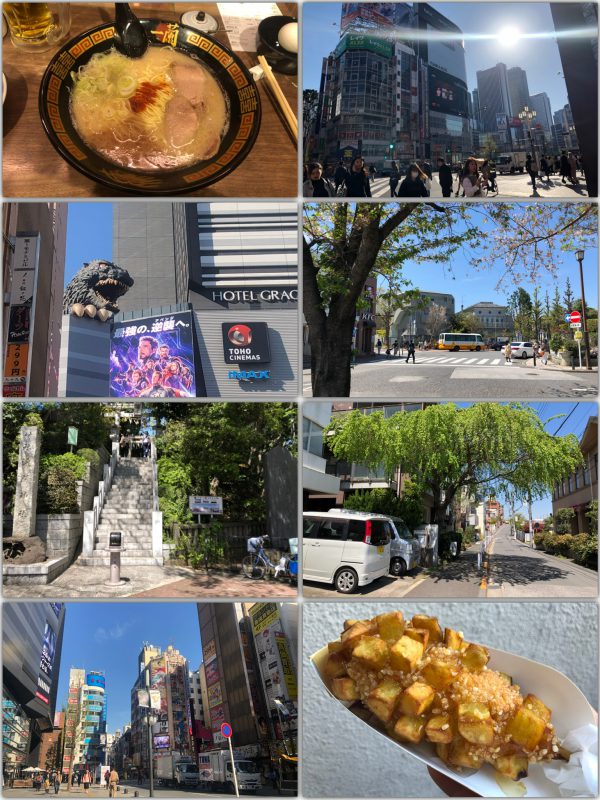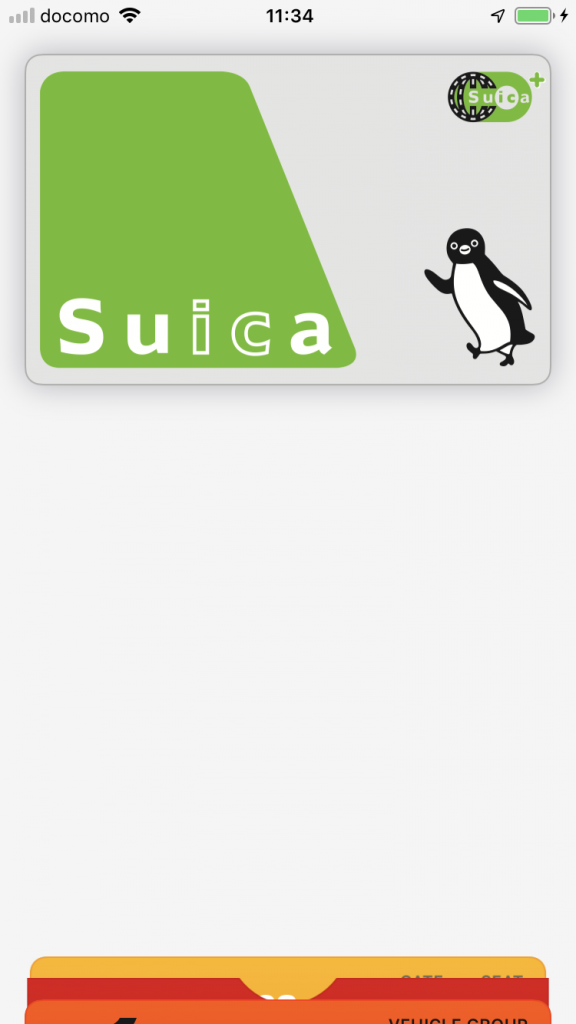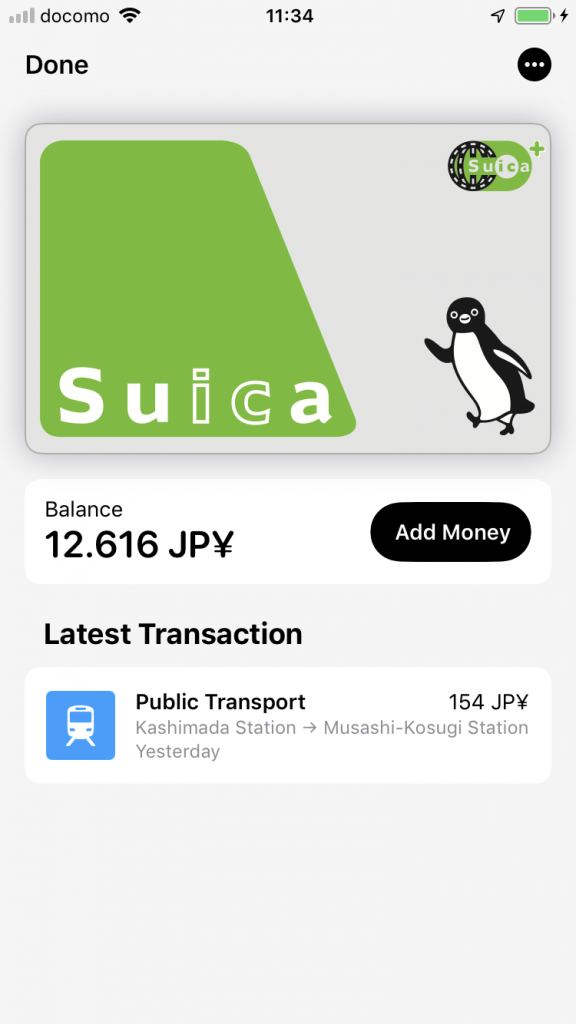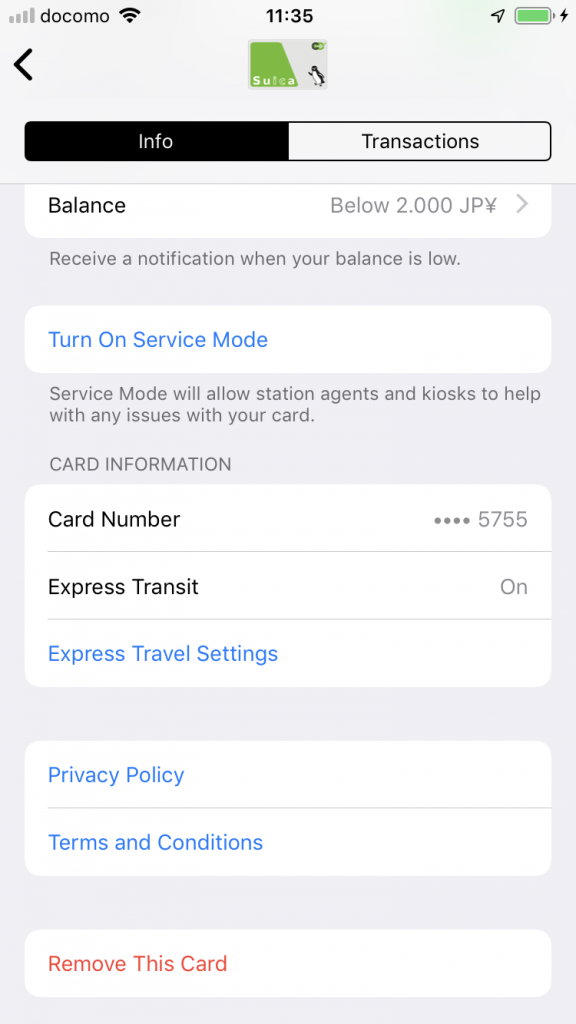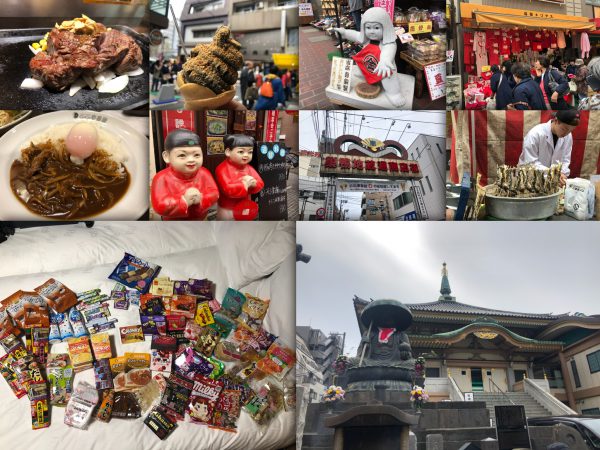- Folge mit Miataru HTP001: https://podcast.hack-the-planet.tv/2019/08/09/episode-0/
- Miataru http://miataru.com
- MyFitnessPal https://www.myfitnesspal.com
- New File Menu https://try-catch-finally.net/2019/09/24/easy-file-menu-for-macos/
- Xerox Star https://en.wikipedia.org/wiki/Xerox_Star
- Musashikosugi Typhoon Fotos → https://photos.app.goo.gl/56VtqNNP9unjzQw29
- Emperor Japan Parade https://www.keishicho.metro.tokyo.jp/kotsu/doro/regulation/ceremony_kisei.files/chirashi_e.pdf
- Tokyo Stadtnamen in iOS ersetzen:
- https://www.schrankmonster.de/2019/09/06/text-replacements-for-tokyo-ward-and-kens-on-ios-and-macos/
- TypeTasker Text Replacement: https://www.schrankmonster.de/2019/09/24/simple-windows-text-expander/
- Cherry G80-3000 https://www.cherry.de/cherry-g80-3000.html
- DasKeyboard: https://www.schrankmonster.de/2012/08/04/daskeyboard/
- DasKeyboard: https://www.daskeyboard.com/
- Kosugi Festa 2019: http://kosugifesta.com/
- Wireless Mac Keyboard von damals: https://geekhack.org/index.php?topic=6528.0
- Synology https://www.synology.com/de-de
- Prusa Mini 3D Drucker – https://www.prusa3d.com/original-prusa-mini/
- OSS Extruder: https://www.sciencedirect.com/science/article/pii/S2468067218300208
- MyFitnesspal selbst bauen: https://www.schrankmonster.de/2019/10/19/replacing-myfitnesspal/
- Public REST API https://www.hack-the-planet.net/2019/09/02/public-rest-apis/
- Swift Programming Language: https://docs.swift.org/swift-book/
- SwiftUI https://developer.apple.com/xcode/swiftui/
- HUD https://www.schrankmonster.de/2019/02/09/head-up-display-esthetics/
- HealthPost https://apps.apple.com/de/app/health-post/id1441893550?l=en
- FHIR https://en.wikipedia.org/wiki/Fast_Healthcare_Interoperability_Resources
- RaspberryPi https://www.raspberrypi.org/forums/viewtopic.php?p=1252786#p1252786
- https://www.raspberrypi.org/documentation/configuration/warning-icons.md
- XNA – XNA’s not acronymed https://en.wikipedia.org/wiki/Microsoft_XNA
- RISC-V https://youtu.be/67KW4t42SZk
- Unicode https://en.wikipedia.org/wiki/Unicode
a source of iptv streams
Collection of 8000+ publicly available IPTV channels from all over the world.
Internet Protocol television (IPTV) is the delivery of television content over Internet Protocol (IP) networks.
Github: iptv-org/iptv
Using the streams is as simple as it gets: Just open the provided playlilst files in your favorite media player. The above example is th VLC media player.
text replacements for Tokyo ward and kens on iOS and macOS
I am having a hard time learning japanese and reading/writing the kanji especially.
Having to write japanese city names frequently (for example when doing searches) I still do remember the spoken out version of the name but I do not quite yet remember the kanji version. Also I do not want to switch back and forth in keyboard languages.
For this, especially in macOS and iOS there is a nice way around this. With the built-in “Text Replacement” feature of your Mac or iPhone/iPad you can easily mass-import a mapping between the romanized version of a word and the japanese written out kanji version of that word.
While you are typing then you will be presented with recommendation text replacements, effectively the kanjis of what you’ve just tried to write.
Unfortunately I do not know a way how to mass-import these text-replacements on iOS.
But if you own a macOS computer and you have it synced over iCloud with your mobile phone or tablet you will likely be able to open the text replacement pane in your system settings and import this plist file into it. Simply drag the file (after unzipping the ZIP file) into the text replacement window.
Download the Tokyo-Text-Replacement.zip file. Extract it (double clicking). And drag the .plist file into the Text Replacement Window.
For you to derive your own files you can find the raw data, a list of all designated Ken and Ward names in Tokyo here:
Walk through Tokyo
Let me introduce you to a wonderful concept. We are using these movies as backdrop when on the stepper or spinning, essentially when doing sports or as a screensaver that plays whenever nothing else is playing on the screens around the house.
What is it you ask?
The thing I am talking about is: Walking Videos! Especially from people who walk through Tokyo / Japan. And there are lots of them!
Think of it as a relaxing walk around a neighborhood you might not know. Take in the sounds and sights and enjoy. That’s the idea of it.
If you want the immediate experience, try this:
Of course there are a couple of different such YouTube channels waiting for your subscription. The most prominent ones I know are:
In addition to attract your interest there’s a map with recent such walks in Tokyo. So you can specifically pick a walk you want to see by a map!
Train Melody / 武蔵小杉駅
In hearing distance of the place I am usually staying when in Tokyo is a train station. So if the wind is right and the window is open I hear all these train station chimes and sounds.
If you don’t know what it is, let Wikipedia educate you:
A train melody is a succession of musically expressive tones played when a train is arriving at or about to depart from a train station. As part of train passenger operations, a train melody includes a parade of single notes organized to follow each other rhythmically to form a lilting, singular musical thought.
In Japan, departing train melodies are arranged to invoke a relief feeling in a train passenger after sitting down and moving with the departing train. In contrast, arriving train melodies are configured to cause alertness, such as to help travelers shake off sleepiness experienced by morning commuters.
発車メロディ
With this post I also want to have you hear what I mean. These sounds are having interesting pavlovian effects anyways.
train sounds in Japan
If you’ve ever been to Japan you must have noticed that everything and anything makes sounds and talks. Elevators, escalators, doors, train stations, gates, vending machines – you name it, it makes sounds and talks.
It’s so apparent but yet quite comforting that I enjoyed it. It became an additional channel of information without the need of point-and-call all the time. Highly effective for me.
Japan utilizes sounds to a degree that every detail seems to count. Take the station gates you rush through to get to your train platform. It’ll sound differently depending on how you pay, what status your ticket had and even how close your IC-cards balance is to being empty.
Or just the fact that the ticket gates make sounds at all to make you find them easily.
A good portion of this sounds you can find on places like YouTube or specialized websites. One of those specialized websites is hatsumelo.com:
For some routes and stations you find here:
- Station melody – departing and arrival melodies that are played on the occasion
- In-car chime – chimes played before and after information broadcasts mainly in the Shinkansen and limited express trains.
- Door opening and closing – doors make sounds too!
a red triangle on the window
When you walk around in Tokyo you will find that many buildings have red-triangle markings on some of the windows / panels on the outside.
I noticed them as well but I could not think of an explanation. Digging for information brought up this:
Panels to fire access openings shall be indicated with either a red or orange triangle of equal sides (minimum 150mm on each side), which can be upright or inverted, on the external side of the wall and with the wordings “Firefighting Access – Do Not Obstruct” of at least 25mm height on the internal side.
Singapore Firefighting Guide 2018
The red triangles on the buildings/hotel windows in Japan are the rescue paths to be used in case of fire. All fire fighters know the meaning of this red triangle on the windows. Red in color makes it prominent, to be located easily by the fire fighters in case of a fire incident. During a fire incident, windows are generally broken to allow for smoke and other gases to come out of the building.
Triangles in Japan
what do you do with a rental car?
“The only thing we can say is that data show a number of people rent cars without driving them.”
Growing number of car-sharing users don’t rent cars for driving
Wait. What?
“Usually the only place I can take a nap while visiting my clients is a cybercafe in front of the station, but renting a car to sleep in is just a few hundred yen (several dollars), almost the same as staying in the cybercafe.”
Growing number of car-sharing users don’t rent cars for driving
Right…
グランツリー武蔵小杉 and Park City Forest Towers on canvas
I’ve blogged about those pictures taken day- and night-time before. I’ve also blogged about how they where produced.
With a picture spot freed at one of the walls in our house we decided to print the day and night pictures on canvas and have them side-by-side. And it looks great, I think.
Craft Beer in Tokyo (Kanto)
There are lists of things all over the internet. I’ve linked to some of these food related lists and maps already on this blog.
And of course there’s this list of craft beer breweries missing:
A microbrewery or craft brewery is a brewery that produces small amounts of beer, typically much smaller than large-scale corporate breweries, and is independently owned. Such breweries are generally characterized by their emphasis on quality, flavor and brewing technique.
Wikipedia
Japan wants 5G
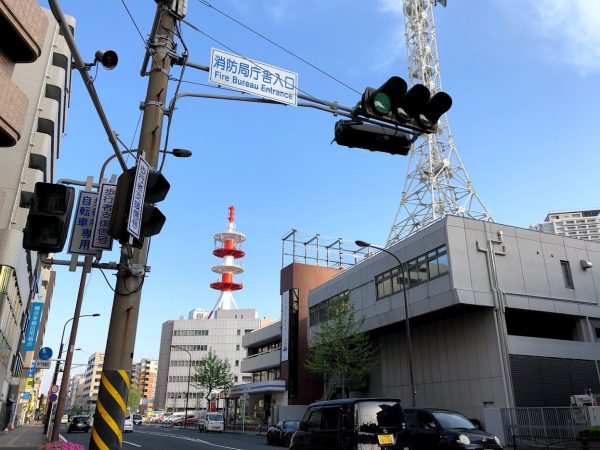
TOKYO — Japan’s government will allow NTT Docomo and its three major mobile rivals to set up 5G base stations on traffic signals, hoping to reduce the cost and time it takes to roll out the ultrafast networks by taking advantage of the nation’s high density of traffic lights.
Nikkei
Interesting. It seems that there is another way of doing things when you want to see success. Japan always seems very determined when the decision has been made to adopt something. In the curious case of the mobile communication standard 5G they have chosen a different way over countries like Germany.
Last year when I had asked for a new mobile plan here in Germany and I expressed my surprise about the enormous prices for just data quota I was told “That’s because we had to bid on the frequencies and that was soooo expensive that now we cannot offer the service cheaper”.
when 川崎市 got the 区
Addresses in Japan are fascinating. There’s a system to it, with lots of exceptions and special cases. And just recently there was an announcement about the city I am technically considering home-base when in Japan: Kawasaki (川崎).
As you see in the title of this post there’s a kanji character missing:
川崎 means “Kawasaki” – just the name itself, like used on signs and such.
川崎市 means “Kawasaki-shi” – the name got extended by -shi which in itself will signal that the name before is a city.
And then there is this other kanji in the title: 区. It is spoken as “ku” and basically means “ward”. It’s a bigger city broken down into separate wards.
Not all cities in Japan are required to differentiate into wards – just the ones considered big enough. Kawasaki was considered big enough by 1972 to name out it’s wards.
And so its the Nakahara-ward (中原区) I am usually staying to be more specific on the Kawasaki-home-base-statement at the beginning of this post.
And the designated cities are somehow ranked according to their population. The news here is that apparently given the 2019 population numbers Kawasaki has improved it’s position among all big designated cities by one rank:
Some more details then to the japanese addressing system:
Japanese addresses begin with the largest division of the country, the prefecture. Most of these are called ken (県), but there are also three other special prefecture designations: to (都) for Tokyo, dō (道) for Hokkaidō and fu (府) for the two urban prefectures of Osaka and Kyoto.
Following the prefecture is the municipality. For a large municipality this is the city (shi, 市). Cities with a large enough population, called designated cities, can be further broken down into wards (ku, 区). (In the prefecture of Tokyo, the designation special ward or tokubetsu-ku, 特別区, is also used for municipalities within the former city of Tokyo.) For smaller municipalities, the address includes the district (gun, 郡) followed by the town (chō or machi, 町) or village(mura or son, 村). In Japan, a city is separate from districts, which contain towns and villages.
Japanese addressing system
So let’s make an example, since it’s always great fun for me to figure out the address again when I try to order the SIM card to the hotel address. A good example would be a randomly selected and nice hotel in Nakahara-ku:

The typical english-language online order form / address entry form for shipping SIM cards to hotels gives you this interface:
Ha! Now that’s a challenge, right? At first glance its not obvious but if you take a look at the structure of the address it opens up:

And so, this will reach it’s destination:
上野

DLG Gütesiegel in japanese TV commercials
Catching up to some YouTube things during dinner made us see a Japanese TV commercial sporting the German DLG quality seal. Funny to see that these kind of quality seals carry over even to Japan…
The German Agricultural Society (Deutsche Landwirtschafts-Gesellschaft), commonly known as DLG, is an international non-profit organisation for agricultural industry in Germany. DLG was founded in 1885 by Max Eyth, has over 23,000 members as of 2011 and is headquartered in Frankfurt am Main. Its main purpose is to promote technical progress and scientific advances in the food and agricultural industry, including setting standards.
DLG
かくれんぼ
かくれんぼ – kakurenbo – Hide and Seek
見つけた!- mitsuketa – I found you!
見つかった!- mitsukatta – You found me!
“Around Tokyo” project
If you are interested in even some older video recordings, pictures and impressions about some areas of Tokyo this is a good time-sink for you.
Lyle Saxon has several old-fashioned looking websites (wonderful) with lots and lots of browsing content as well as a YouTube channel with recordings from earlier times:
Tokyo resident since 1984. Video material from 1990-93, as well as newer material from 2008 onwards.
The “Around Tokyo” project was and is to document life in Tokyo and the surrounding areas, as well as some material from other areas of Japan.
YouTube Channel
Michelin Guide Restaurants in Tokyo
You are likely aware of the existence of the “Michelin Guide“.
Michelin Guides are a series of guide books published by the French tyre company Michelin for more than a century. The term normally refers to the annually published Michelin Red Guide, the oldest European hotel and restaurant reference guide, which awards up to three Michelin stars for excellence to a select few establishments.
Wikipedia
You might also be aware that Tokyo is the city with the highest density of Michelin star rated restaurants. Nice, eh?
A purchase of this guide is recommended in any case but these days people also need something they can intuitively use and which integrates into already existing workflows.
These people, like myself, need a map and maybe more details in a machine readable, filterable spreadsheet.
And as time goes on it might be quite useful to have all the sources that lead to these great tables and maps. Sources that allow you to crawl and grab these information.
A script that crawls Tokyo-based michelin guide establishments and saves it into a JSON file. I personally did this project so I can plan my tokyo trip based on the cheapest and most-renowned restaurants,
Michelin Guide Crawler on GitHub
Pointing and Calling (指差喚呼)
When you are travelling Japan you will observe very interesting things while using public transport. In a train or a bus the driver is likely to talk and seemingly magically point with his finger and wave his hand.
You will very likely observe a behavior that might not make sense at first but is fascinating to see. And all is to ensure the safety of the vehicle and all it’s passengers.
It might look like this:
Pointing and calling is a method in occupational safety for avoiding mistakes by pointing at important indicators and calling out the status. It is common in Japan and railways of China. It is sometimes referred to by its Japanese terms, shisa kanko (指差喚呼), shisa kakunin kanko (指差確認喚呼) or yubisashi koshō (指差呼称).
Making large gestures and speaking out the status helps keeping focus and attention. The method was first used by train drivers and is now commonly used in Japanese industry.
It is recommended by the Japan Industrial Safety and Health Association (JISHA, 中央労働災害防止協会)
.
Wikipedia
Pointing and calling requires co-action and co-reaction among the operator’s brain, eyes, hands, mouth, and ears.
Japan family trip April 2019 (part 15)
“Kowloon Walled City” themed arcade in Kawasaki (あなたのウエアハウス)
While we were visiting Japan we usually stay quite close to Kawasaki. And with some hints we found that a replication of “Kowloon Walled City” had been put up as a video game arcade there.
Kowloon Walled City was a largely ungoverned, densely populated settlement in Kowloon City, Hong Kong. Originally a Chinese military fort, the Walled City became an enclave after the New Territories was leased to Britain by China in 1898. Its population increased dramatically following the Japanese occupation of Hong Kong during World War II. By 1990, the walled city contained 50,000 residents within its 2.6-hectare (6.4-acre) borders.
Wikipedia: Kowloon Walled City
A partial recreation of the Kowloon Walled City exists in the Anata No Warehouse, an amusement arcade that opened in 2009 in the Japanese suburb of Kawasaki, Kanagawa. The designer’s desire to accurately replicate the atmosphere of the Walled City is reflected in the arcade’s narrow corridors, electrical wires, pipes, postboxes, sign boards, neon lights, frayed posters, and various other small touches that
Wikipedia: Anata No Warehouse
I did not know a lot about the Kowloon Walled City before we found this arcade. And it’s – as you can imagine – a very colorful reproduction of the ambiance that you – according to documentations and reports from the time – would have experienced. Especially in the entrance area, the theming of the rooms and some game cabinets as well as for example the rest-rooms.
Of course there is a full blown quite nice but – as it is good custom – extremely noisy arcade in there as well. We’ve easily ‘lost’ 3 hours in there. Be aware that smoking is allowed in these places in Japan.
The first floor contained the UFO catcher machines and a good portion of vintage and modern arcade cabinets. I’ve had a go and Gradius and greatly enjoyed it. There’s a battery of Mech-Pods as well as racing and rythm games.
The second floor had lots of pachinko and other medal and slot machines. Even more noise than any arcade cabinets could do.
The third floor finally contains Dart and Snooker / Billard tables.
All in all it was one of the nicer arcades. Much nicer than others because there was a lot more room. It did not feel half als claustrophobic as an arcade usually feels in Japan.
Hyper-realistic train on canvas
I mentioned this hyper realistic painting of a japanese train previously. And now this painting has been printed on canvas and is on our wall:
Japan family trip April 2019 (part 14)
Japan family trip April 2019 (part 13)
Japan family trip April 2019 (part 12)
Japan family trip April 2019 (part 11)
Japan family trip April 2019 (part 10)
Kawasaki Frontale vs. Vissel Kobe
First: I am not at all interested or knowledgeable in football / soccer. But…
Several times a year I am for multiple weeks in the area of Musashikosugi ((武蔵小杉) which is part of the greater Tokyo area in Japan.
And because of these stays – I’ve probably been there for the accumulated time of 1 year – I’ve got attached to this area / community over time.
This includes all those things the community shares on various places on the internet so to a small degree I can stay informed.
For example: There is a fantastic blog (as for many other communities in Tokyo) that specifically shares community related information about Musashikosugi.
To understand the context you need to know that I’ve worked for Rakuten. The number one eCommerce company in Japan. This surely kick-started my interest in Japan overall.
I know from my time at Rakuten that the company engaged in a couple of sport sponsorships. One of them was the J1 League football club “Vissel Kobe“.
Kawasaki, the area of which Musashikosugi is part of, also has such a football team called “Kawasaki Frontale“.
Through said blog it came to my attention that there was a game between those two football teams and…

Kawasaki won the game!
So despite me not being particularly interested in sports this news was quite exciting to see. It almost feels like some local patriotism feelings come up. And with the direct connection to my past employment it get’s even more exciting.
Go Kawasaki, go!
Japan family trip April 2019 (part 9)
I love the small train stations in 東京…
Super Urban Intelligent CArd

Suica (スイカ Suika) is a rechargeable contactless smart card, electronic money used as a fare card on train lines in Japan, launched on November 18, 2001. The card can be used interchangeably with JR West’s ICOCA in the Kansai region and San’yō region in Okayama, Hiroshima, and Yamaguchi Prefectures, and also with JR Central’s TOICA starting from spring of 2008, JR Kyushu’s SUGOCA, Nishitetsu’s Nimoca, and Fukuoka City Subway’s Hayakaken area in Fukuoka City and its suburb areas, starting from spring of 2010. The card is also increasingly being accepted as a form of electronic money for purchases at stores and kiosks, especially within train stations. As of October 2009, 30.01 million Suica are in circulation.
https://en.wikipedia.org/wiki/Suica
This time around we really made use of electronic payment and got around using cash whenever possible.
There where only a few occasions when we needed the physical credit card. Of course on a number of tourist spots further away from Tokyo centre cash was still king.
From my first trip to Japan to today a lot has changed and electronic payment was adopted very quickly. Compared to Germany: Lightning fast adoption in Japan!
The single best thing that has happened recently in this regard was that Apple Pay got available in Germany earlier this year. With the iPhone and Watch supporting SUICA already (you can get a card on the phone/watch) the availability of Apple Pay bridged the gap to add money to the SUICA card on the go. As a visitor to Japan you would mostly top up the SUICA card in convenience stores and train stations and mostly by cash. With the Apple Pay method you simply transfer money in the app from your credit card to the SUICA in an instant.
This whole electronic money concept is working end-2-end in Japan. Almost every shop takes it. You wipe your SUICA and be done. And not only for small amounts. Everything up to 20.000 JPY will work (about 150 Euro).
And when you run through a train station gate to pay for your trip it you hold your phone/watch up to the gate while walking past and this is it in realtime screen recorded:
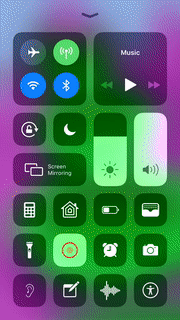
I wish Germany would adopt this faster.
Oh, important fact: This whole SUICA thing is 100% anonymous. You get a card without giving out any information. You can top it up with cash without any link to you.
Japan family trip April 2019 (part 8)
Japan family trip April 2019 (part 7)
undefined parameters






